I'm trying to authenticate up against Sharepoint so that it's possible for me to upload files onto a specific Sharepoint site.
I'm trying to use an X.509 certificate to retrieve the access token, but I keep getting (401): Unauthorized.
Here's the way I try to retrieve the access token with the certificate:
string authority = SettingsHelper.Authority;
string clientID = SettingsHelper.ClientId;
string serverName = SettingsHelper.SharepointServerName;
//Retreive the certificate path
string certFile = Server.MapPath(SettingsHelper.CertificatePath);
string certPassword = SettingsHelper.CertificatePassword;
AuthenticationResult authenticationResult = null;
AuthenticationContext authenticationContext = new AuthenticationContext(authority);
//Create the certificate file, using the path (certFile), password (certPassword) and the MachineKeySet
X509Certificate2 cert = new X509Certificate2(certFile, certPassword, X509KeyStorageFlags.MachineKeySet);
//Create the ClientAssertionCertificate using the clientID and the actual certificate
ClientAssertionCertificate cac = new ClientAssertionCertificate(clientID, cert);
//Retreive the access token using the serverName and client assertion
authenticationResult = authenticationContext.AcquireToken(serverName, cac);
And here's how I try to upload a specific file onto a specific Sharepoint list:
WebRequest request = null;
HttpWebResponse response = null;
byte[] bytesToUpload = bytes;
var returnValue = "";
string requestUriString = string.Format("{0}/_api/web/GetFolderByServerRelativeUrl(@sru)/Files/Add(url=@fn,overwrite=true)?@sru='{1}'&@fn='{2}'", url, HttpUtility.UrlEncode(serverRelativeUrl), HttpUtility.UrlEncode(fileName));
request = (HttpWebRequest)HttpWebRequest.Create(requestUriString);
request.Method = "POST";
(request as HttpWebRequest).Accept = "*/*";
request.ContentType = "application/json;odata=verbose";
request.Headers.Add("Authorization", String.Format("Bearer {0}", authenticationResult.AccessToken));
request.ContentLength = bytesToUpload.Length;
// Write the local file to the remote system
using (Stream requestStream = request.GetRequestStream())
{
BinaryWriter writer = new BinaryWriter(requestStream);
writer.Write(bytesToUpload, 0, bytesToUpload.Length);
writer.Close();
}
// Get a web response back
response = (HttpWebResponse)request.GetResponse();
using (StreamReader sr = new StreamReader(response.GetResponseStream(), Encoding.Default))
{
returnValue = sr.ReadToEnd();
sr.Close();
}
if (request.RequestUri.ToString().Contains("GetFolderByServerRelativeUrl") == true)
{
returnValue = "";
}
Some of the variables comes from the parameters:
UploadEmail(System.IO.File.ReadAllBytes(emlFilePath), "https://(blablabla).sharepoint.com", "sites/(bla)/(bla)/Emails", email.Subject + ".msg");
I'm not sure what's wrong, and I'm definitely not sure how to fix this.
NOTE: Please don't tell me to use NetworkCredentials, I'd rather use the certificate or something else, but not NetworkCredentials
EDIT
Managed to debug the code and find this in the response header of the WebRequest:
